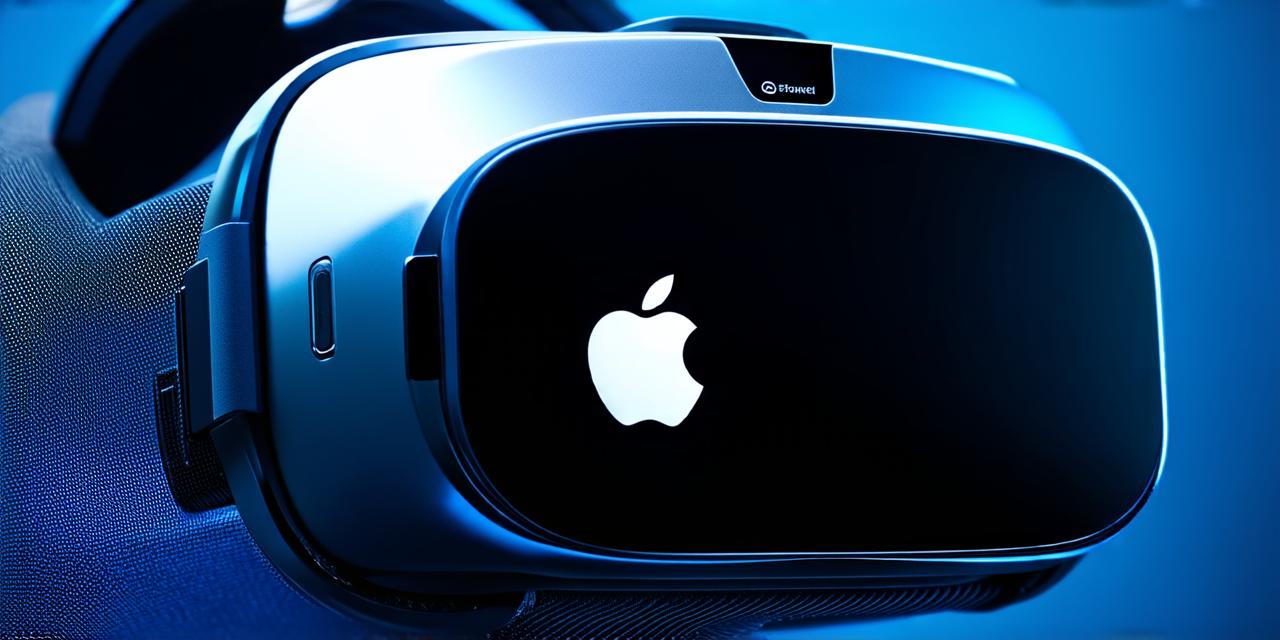The Rise of Virtual Reality Technology
Virtual Reality technology has been around for several decades, but it wasn’t until the 21st century that it started to become more accessible and affordable. The invention of the Oculus Rift, HTC Vive, and other VR headsets revolutionized the industry and opened up new possibilities for gaming, education, and training.
The Advantages of Virtual Reality
Virtual Reality technology has several advantages that make it an attractive option for businesses and individuals alike. It provides a highly immersive experience that can be used to train employees, simulate real-world scenarios, and create virtual environments for entertainment purposes.

One of the main benefits of VR is its ability to provide a highly interactive experience. Users can move around in a virtual world and interact with objects and people in ways that are not possible in the physical world. This makes it an ideal tool for training employees in dangerous or hazardous environments, such as construction sites or emergency response situations.
Virtual Reality can also be used to simulate real-world scenarios, such as battlefields or disaster areas. This allows military personnel and first responders to practice their skills in a safe environment, reducing the risk of injury or death.
In addition to its practical applications, VR technology can also be used for entertainment purposes. Video games are one of the most popular uses for VR headsets, but there are many other potential applications, such as virtual tours of museums and historic sites, and even immersive educational experiences.
The Challenges of Virtual Reality Technology
Despite its advantages, Virtual Reality technology also faces several challenges. One of the biggest is the high cost of VR equipment, which can be prohibitive for many businesses and individuals. While prices have come down in recent years, they are still relatively expensive compared to other forms of technology.
Another challenge facing VR is the lack of standardization in the industry. There are currently several different types of VR headsets available, each with its own specifications and limitations. This can make it difficult for developers to create content that works across all platforms, and can also be confusing for consumers who are trying to choose the right equipment for their needs.
Finally, there are concerns about the impact of VR on society and the economy. Some experts worry that VR could lead to a decline in real-world social interaction, as people become more engrossed in virtual worlds. There are also concerns about the long-term effects of VR on mental health and well-being, such as motion sickness and eye strain.
The Future of Virtual Reality Technology
Despite these challenges, many experts believe that Virtual Reality technology has a bright future. As prices continue to come down, more businesses are likely to adopt the technology for training and education purposes. In addition, advances in hardware and software are expected to make VR more immersive and interactive, which could lead to new applications and uses for the technology.
In conclusion, Virtual Reality technology is a rapidly advancing field with many potential applications. While there are challenges to overcome, such as high costs and lack of standardization, many experts believe that VR has a bright future. As the technology continues to evolve, it will be interesting to see how it impacts society and the economy in the years to come.


